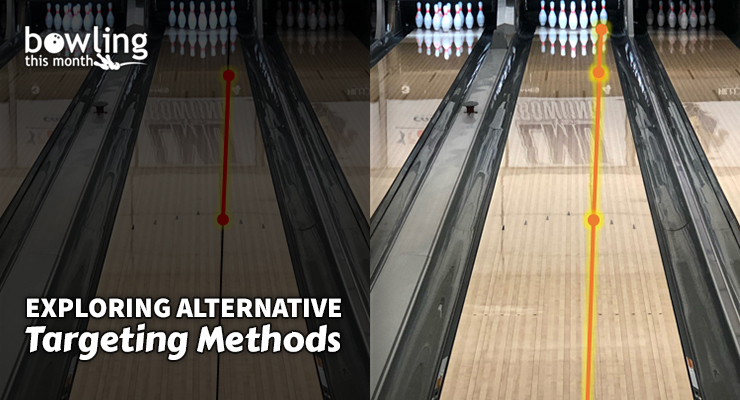Becoming your best requires more than simply perfecting current methods. It requires pushing beyond your current comfort level by testing new procedures, systems, and strategies. This pursuit of excellence—grounded in research and evaluation—ensures your competitive advantage as a bowler and improves your ability to adapt and evolve to become a more complete player. It’s true that training to perfect skills is important, but it’s also vital to continue the evolution as a bowler by exploring new ways of thinking and doing.
As a coach, I continue to refine my training methods, as well as constantly develop new ones in an effort to help bowlers evolve. This has been my strategy for my entire career and I take great pride in developing new methods that increase purposefulness and effectiveness for bowlers. To illustrate, I developed three-point targeting in Malaysia before arriving at Kegel. After additional research in sport science best practices, I continued to evolve targeting by adding the quiet eye process to three-point targeting to make it more effective.
Over the past decade, I have developed additional lane play and targeting strategies in an effort to improve bowler performance. One such evolution has been testing more ways to target, allowing for increased customization of the targeting process. Specifically, this article presents 12 different targeting strategies. Each strategy is articulated step-by-step, and I close with an evaluation document for you to use at the lanes to test each method.
As this year’s bowling season winds down, summer training and practice affords the opportunity to take your game to the next level. Proceed with an open mind. As I always like to say, the best bowlers in the world make the uncomfortable comfortable.
Using your internal voice helps reduce choking
Before starting with the introduction of the dozen targeting methods, I want to touch on the importance of using an inner voice during the target process to help prevent underperformance during stressful competition situations.
Sian Bielock’s research (2010) has revealed the fact that individuals who have more working memory are prone to suboptimal performance when stress is introduced. In short, when an individual has more working memory, this provides an opportunity to increase negative self-talk and introduce doubt to a performance situation. Moreover, when working memory is not addressed, the brain is now attending to too many things at once (task, doubt, situation) and slows down processing, impeding smooth physical execution.
Beilock has recommended that golfers count backwards or hum a song to use up working memory to help reduce the likelihood of choking in key moments. When an individual uses working memory by talking—with an ...
This article is only available to Bowling This Month subscribers. Click below to get instant access to this article and all of our other premium instructional content.
Subscribe to Bowling This Month
Already a Bowling This Month subscriber? Click here to log in.
